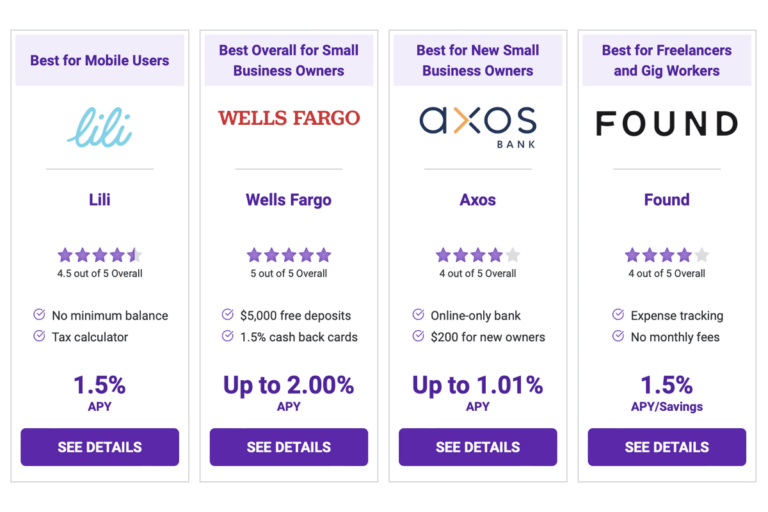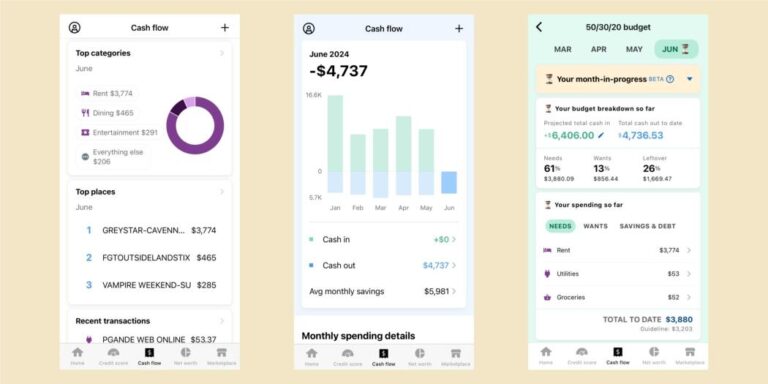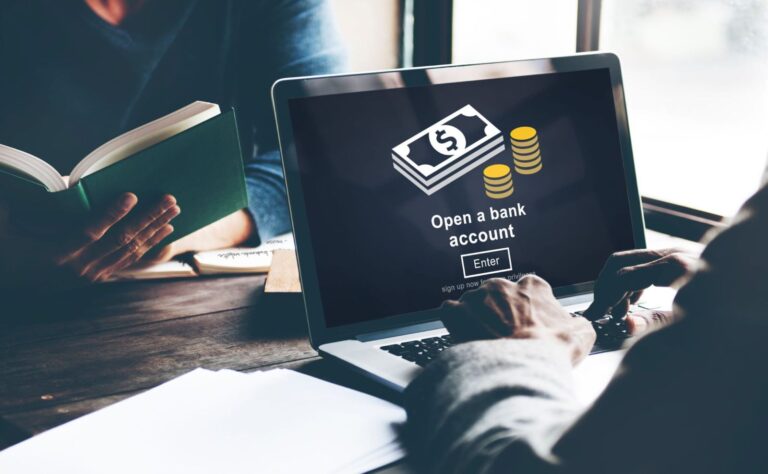Mobile-First Solutions in Finance Tech: Revolutionizing Financial Services for a Mobile World
In the digital age, the way we manage money and access financial services has drastically shifted, with mobile-first solutions leading the charge. As smartphones become the primary tool for internet access, the financial industry is adapting by developing mobile-first solutions that offer greater accessibility, convenience, and security. These solutions cater to the growing number of consumers who prefer managing their finances on the go, using mobile apps and platforms to handle everything from banking and payments to investing and budgeting. In this article, we will explore the importance of mobile-first solutions in finance tech, how they are transforming the industry, and the key benefits they provide to both businesses and consumers.
The Rise of Mobile-First Finance: Meeting the Demands of the Modern Consumer
Mobile-first solutions in finance have emerged as a response to the increasing demand for convenience and accessibility in managing personal finances. As more people access financial services through their smartphones, companies in the finance sector have shifted their focus to providing seamless mobile experiences. This shift enables users to perform banking transactions, invest, track their spending, and receive financial advice from anywhere, at any time. With mobile-first solutions, financial institutions can offer on-demand services, making it easier for customers to stay on top of their financial goals. This transformation is not only meeting consumer expectations but is also providing opportunities for financial institutions to improve customer engagement and expand their reach.
Mobile Payments: Driving the Future of Transactions
One of the most notable mobile-first solutions in finance tech is the widespread adoption of mobile payments. Mobile payment platforms like Apple Pay, Google Pay, and Samsung Pay have made it easier than ever to make secure, instant payments with just a tap of a smartphone. These solutions leverage Near Field Communication (NFC) technology, allowing consumers to complete transactions quickly and securely without the need for physical cards. As mobile payments continue to grow, they’re reshaping the way businesses and consumers interact, particularly in the retail and e-commerce sectors. By embracing mobile-first payment solutions, financial institutions and businesses can provide more efficient, contactless payment experiences that align with modern consumer preferences.
Banking on the Go: The Power of Mobile Banking Apps
Mobile banking apps are revolutionizing the way customers interact with their financial institutions. Traditionally, banking services were limited to physical branches or desktop banking platforms, but mobile-first solutions have opened up a world of possibilities for customers to manage their accounts from the palm of their hand. With mobile banking apps, users can check balances, transfer funds, pay bills, deposit checks, and even apply for loans—all without needing to visit a bank branch. This shift to mobile banking has made financial management more accessible, particularly for individuals in remote or underserved areas, and has streamlined the overall banking experience for everyone.
Investment and Wealth Management: Empowering Consumers with Mobile Tools
Mobile-first solutions in finance tech are also transforming how people invest and manage their wealth. Platforms like Robinhood, Acorns, and Wealthfront allow users to buy and sell stocks, invest in ETFs, and create diversified portfolios, all from their mobile devices. These platforms have democratized investing, making it easier for individuals with smaller amounts of capital to participate in the financial markets. Robo-advisors and mobile investment apps are providing a more hands-off, automated approach to wealth management, giving users the ability to manage their investments with little to no prior knowledge. This mobile-first approach to investing empowers consumers to take control of their financial futures without relying on traditional investment advisors.
Security and Privacy: Ensuring Safe Mobile Financial Transactions
As mobile-first solutions continue to dominate the finance industry, security and privacy remain top concerns for both consumers and financial institutions. To address these issues, advanced encryption, biometric authentication (such as face recognition or fingerprint scanning), and multi-factor authentication are being integrated into mobile apps to ensure secure transactions. Financial institutions are also investing heavily in AI and machine learning algorithms to detect fraud and prevent unauthorized access to accounts. As mobile-first solutions evolve, so too do the security measures that protect user data and financial transactions. This heightened focus on security helps maintain consumer trust and encourages the widespread adoption of mobile financial services.
FAQs
- What are mobile-first solutions in finance? Mobile-first solutions in finance refer to financial services and platforms that are designed primarily for use on mobile devices, offering convenience and accessibility for consumers to manage their finances on the go.
- How have mobile payments changed the way we transact? Mobile payments enable consumers to make secure, instant transactions using their smartphones, eliminating the need for physical cards and providing a faster, more convenient payment experience.
- Why are mobile banking apps important for consumers? Mobile banking apps allow consumers to manage their bank accounts, make transactions, and access services from anywhere, making banking more accessible and efficient.
- How are mobile investment apps transforming wealth management? Mobile investment apps empower consumers to manage investments and build wealth with minimal effort by offering low-cost, automated investing tools that make financial markets more accessible.
- How do mobile-first finance solutions ensure security? Mobile-first finance solutions integrate advanced security measures like encryption, biometric authentication, and multi-factor authentication to protect consumer data and prevent fraud during transactions.


